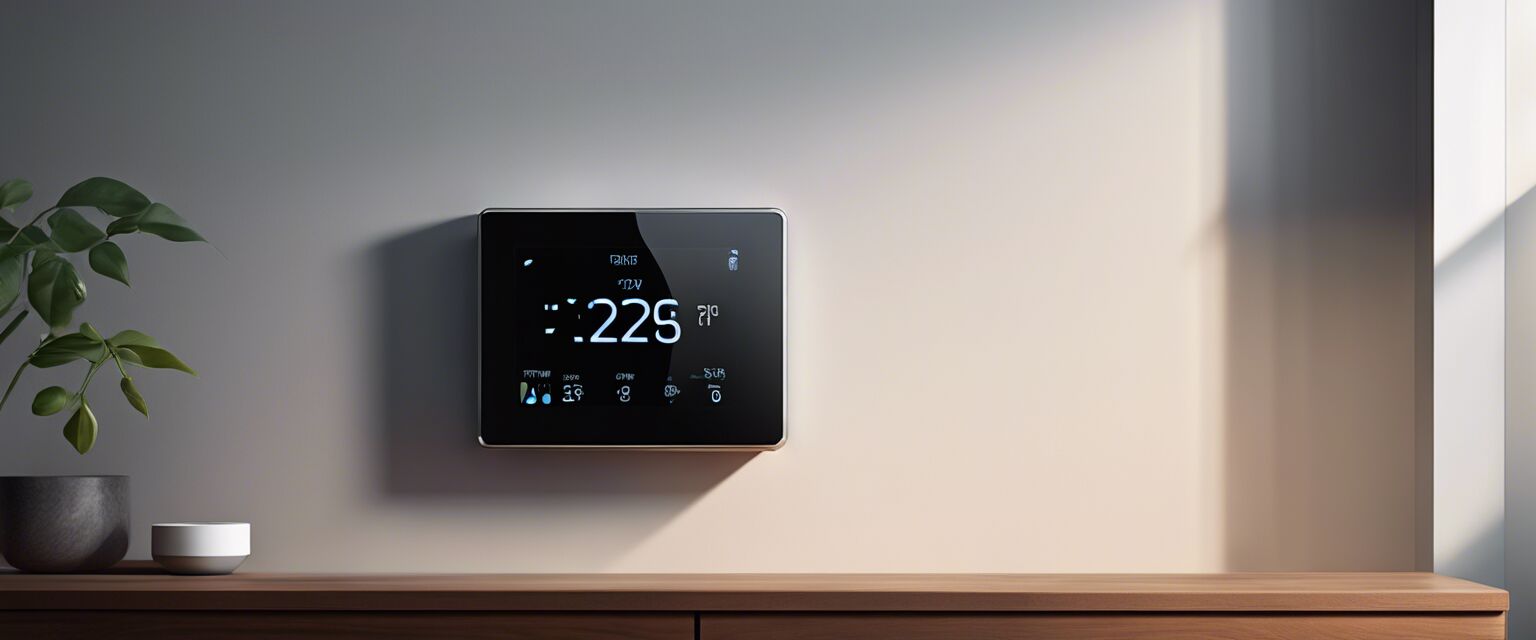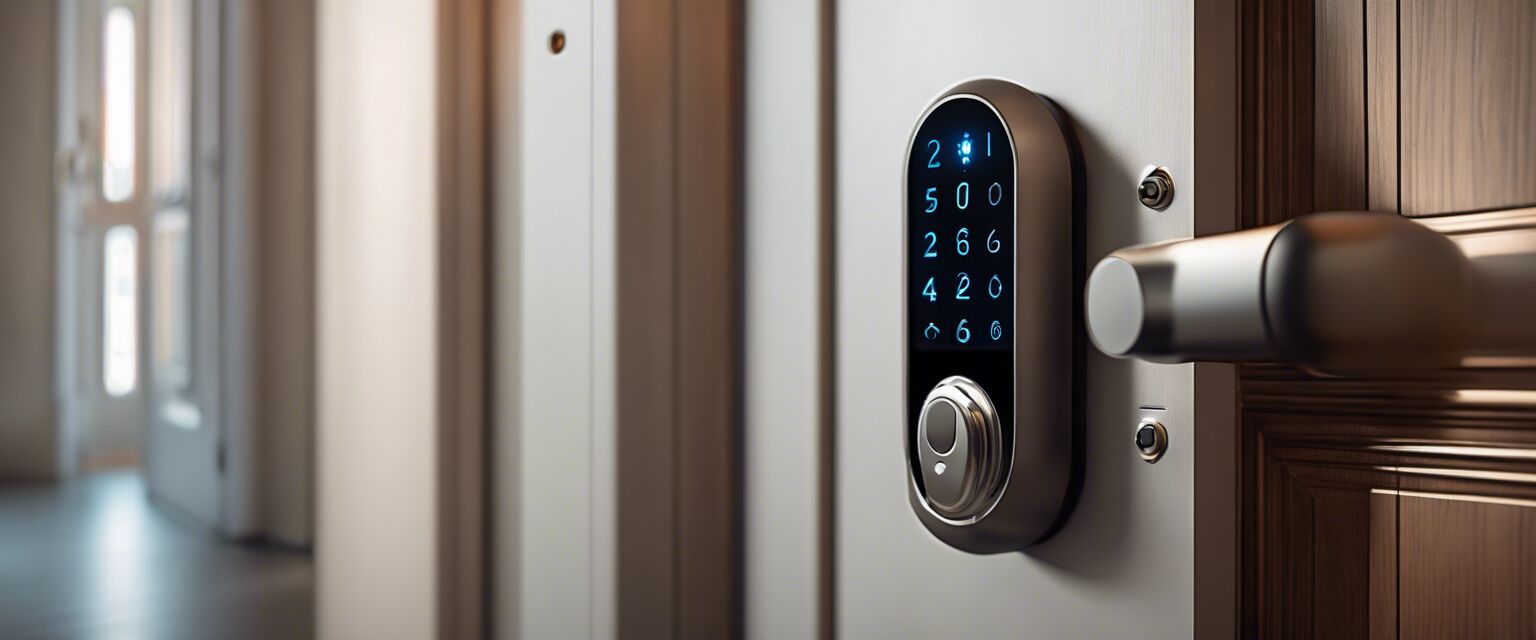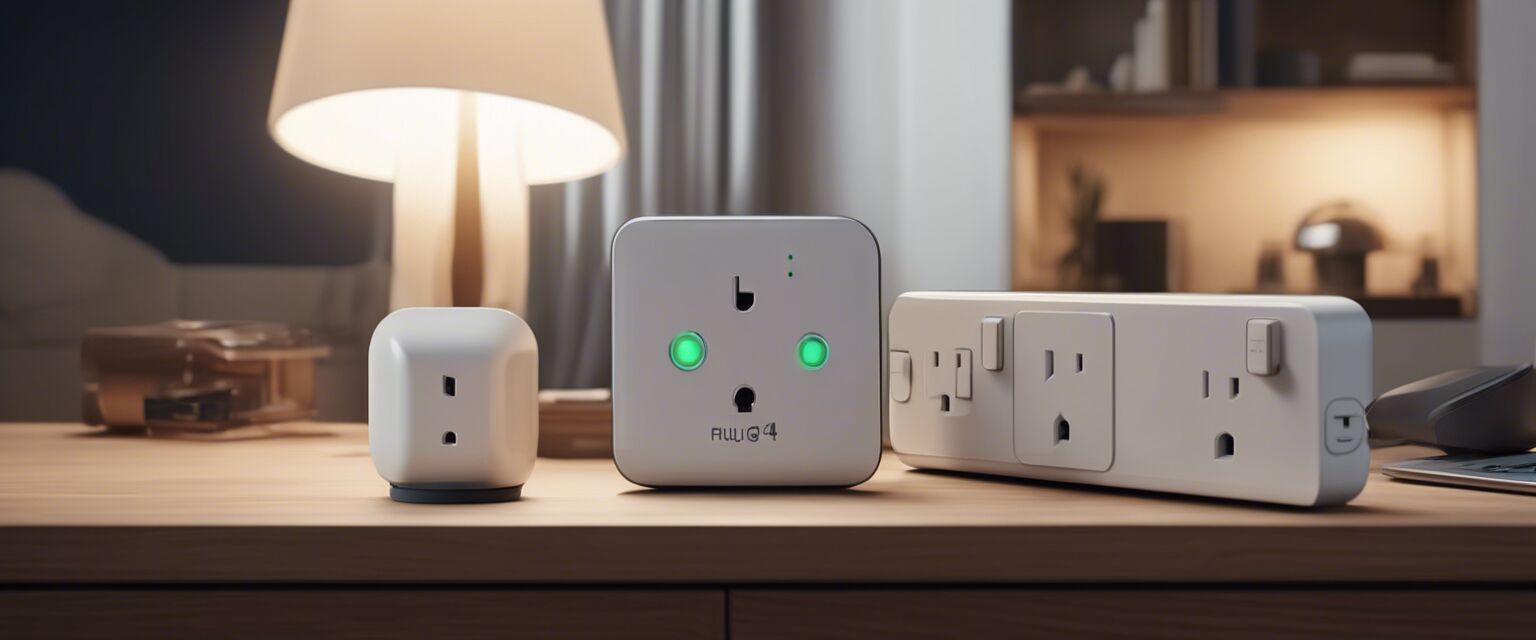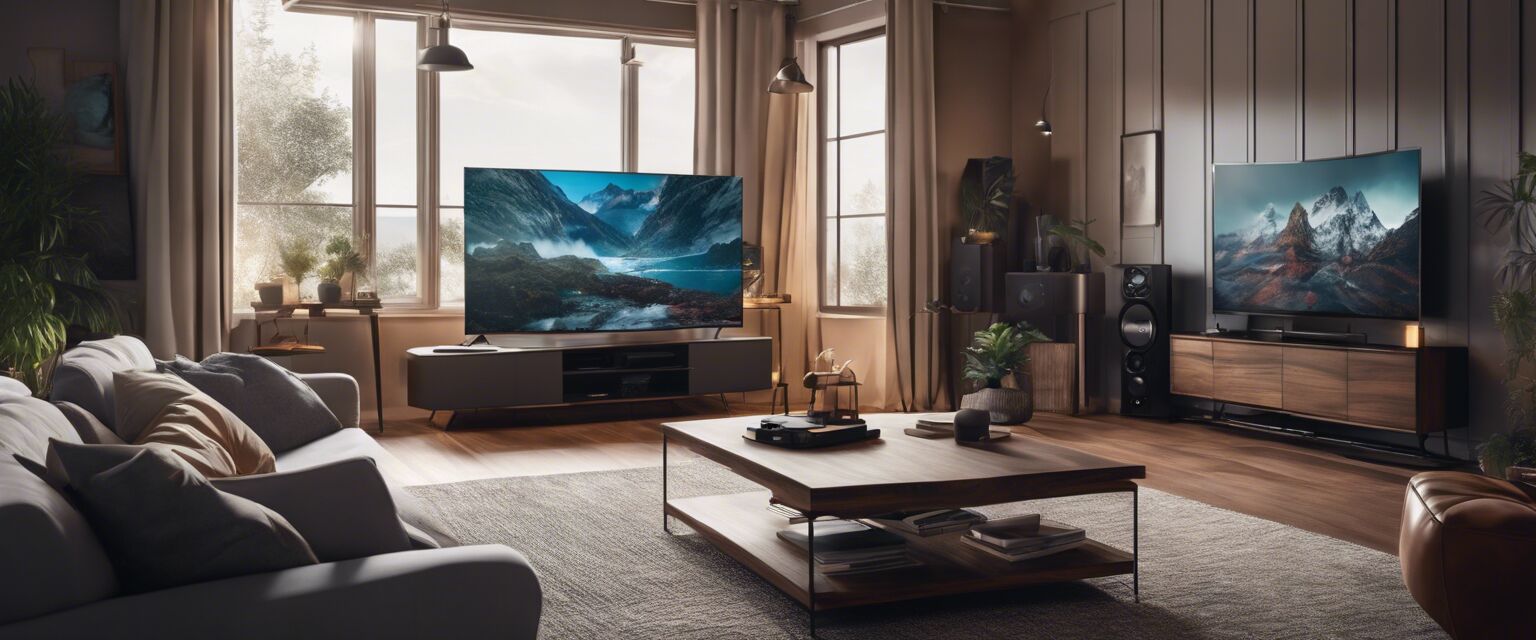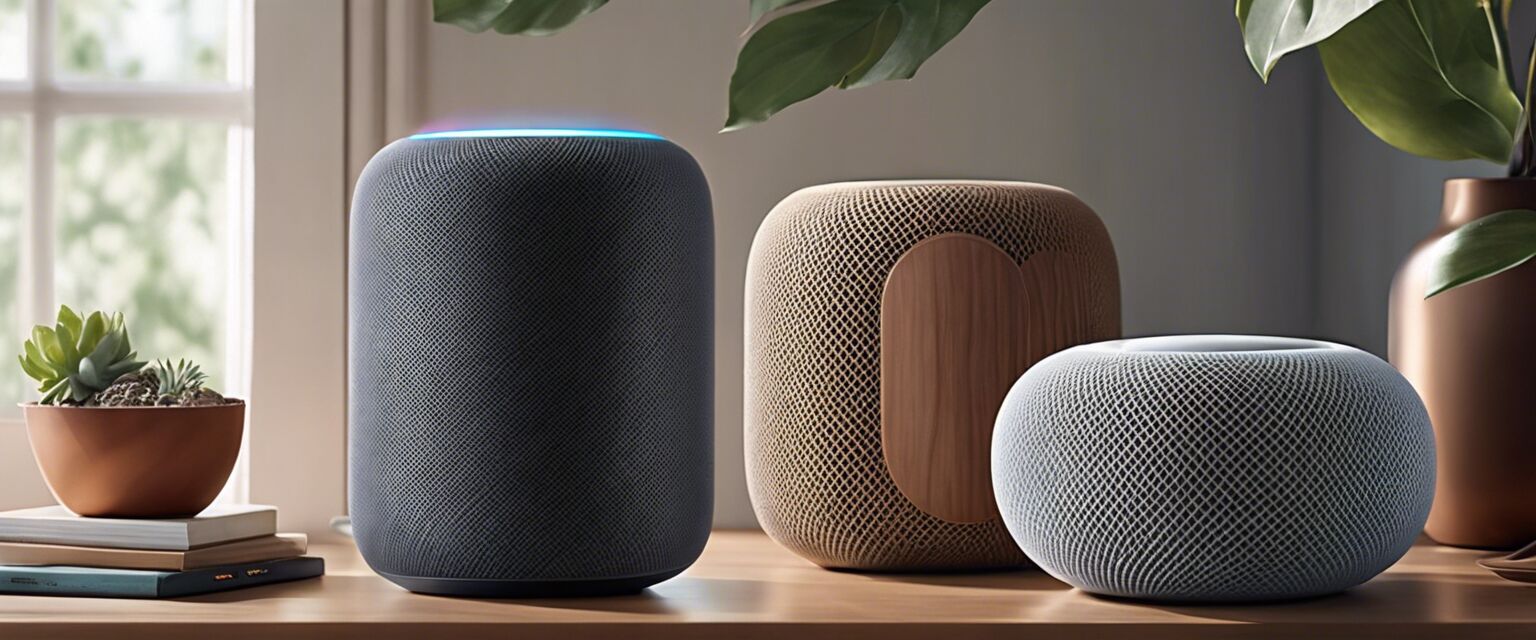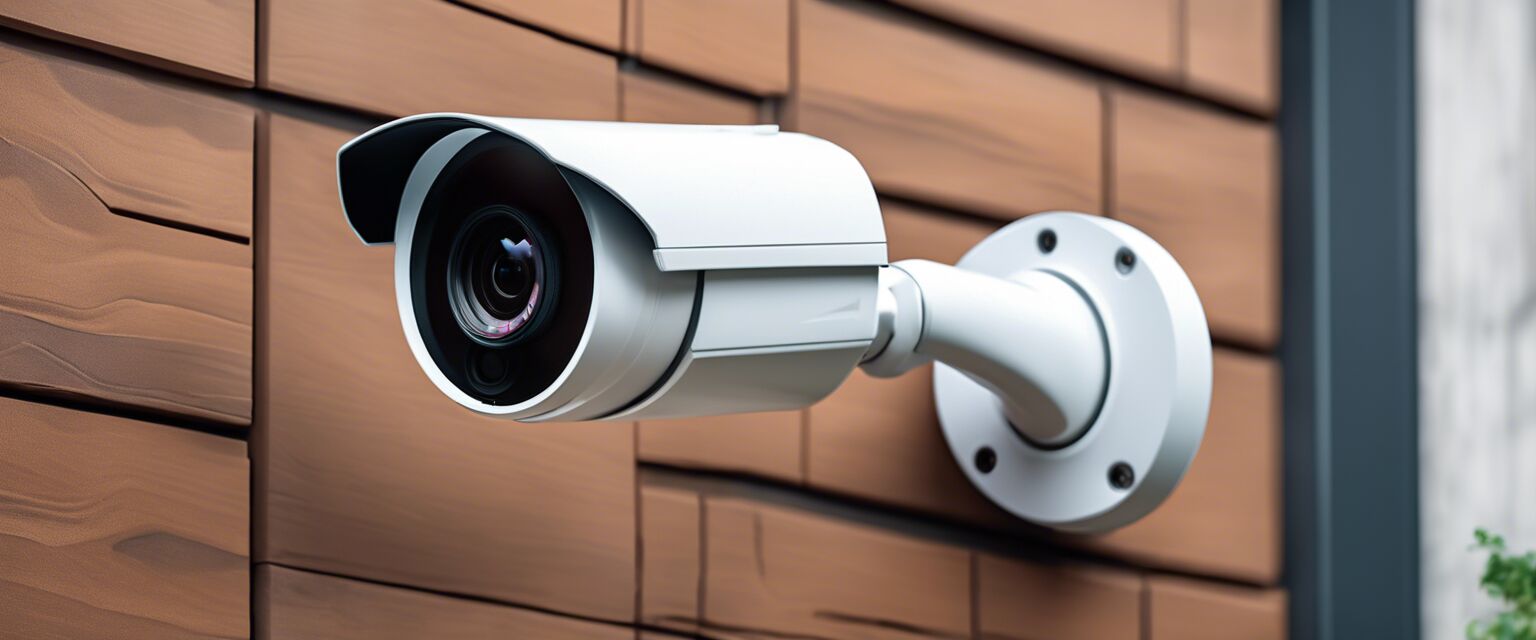
Home Security Cameras
Key Takeaways
- Home security cameras are essential for monitoring and enhancing safety.
- Different types are available, each with unique features.
- Installation can be straightforward with the right tools and guidance.
- Choosing the right camera depends on your specific needs and environment.
- Integrating your camera with a smart home hub can improve functionality.
Home security cameras have become a staple for ensuring safety in residential spaces. With advancements in technology, they provide reliability and versatility in monitoring your home. In this article, we will examine the different types of home security cameras, installation tips, and what to consider when choosing the best options for your home.
Types of Home Security Cameras
There are several types of home security cameras available in the market. Understanding each type can help you make an informed decision.
| Camera Type | Features | Ideal Use |
|---|---|---|
| Indoor Security Cameras | Discreet design, motion detection, live feeds | Monitoring indoor areas like living rooms and kids' rooms |
| Outdoor Security Cameras | Weatherproof, night vision, wide-angle lens | Covering entrances, backyards, and driveways |
| Wireless Cameras | Easy installation, flexible placement, cloud storage | Renters or those wanting minimal wiring |
| Wired Cameras | Stable connection, no battery issues, high video quality | For permanent installations in homes |
| PTZ Cameras | Panning, tilting, and zooming capabilities | Wide coverage areas, great for monitoring larger properties |
How to Install Home Security Cameras
Installing home security cameras can be a straightforward process if you follow a few basic steps. Below are some tips to help you get started:
Installation Tips for Beginners
- Choose the Right Location: Identify key areas to cover for maximum security.
- Check for Power Sources: Ensure nearby power outlets or consider battery-operated models.
- Follow Manufacturer Instructions: Each camera may have specific installation requirements.
- Test the Camera Angle: Before securing, adjust for the best angle and coverage.
- Use Quality Tools: Ensure you have a drill, correct screws, and wall anchors for stability.
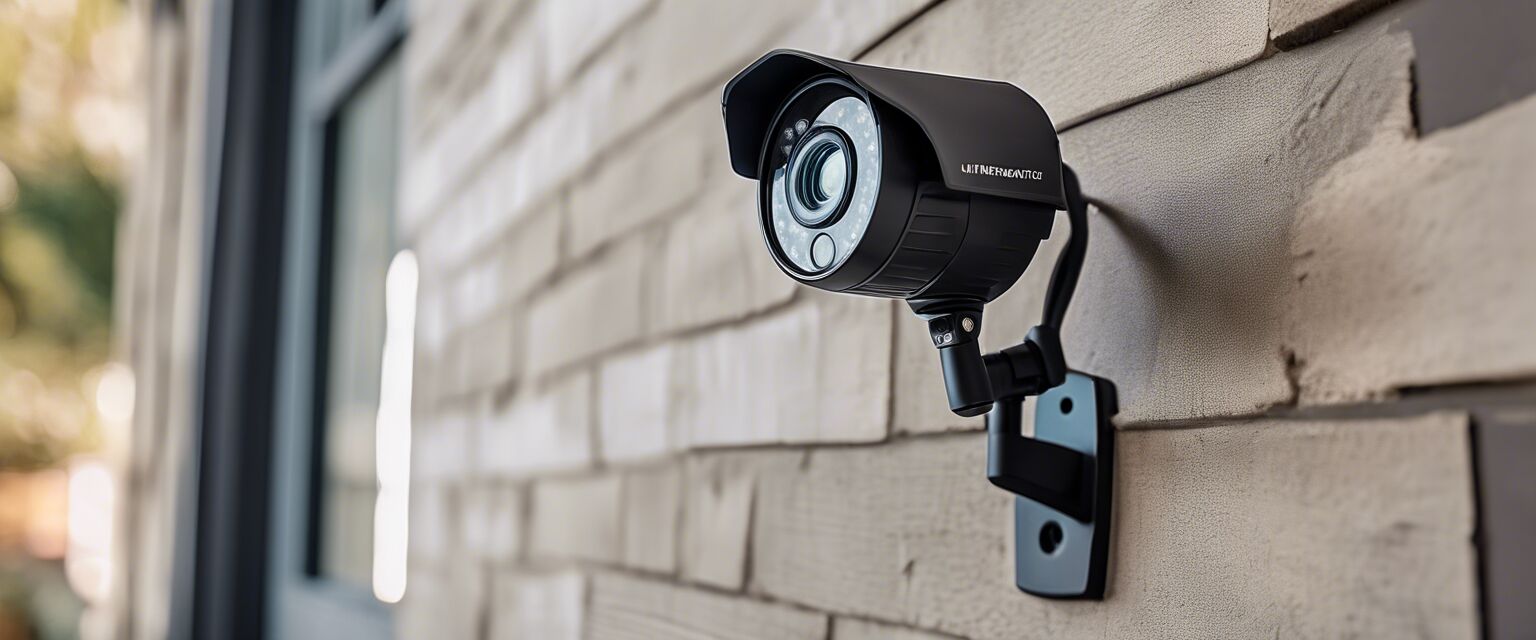
Integration with Smart Home Devices
Many home security cameras can integrate seamlessly with smart home systems. Integrating your cameras can enhance their functionality. Below are some of the benefits and considerations:
- Manage cameras through a smart hub like Amazon Echo or Google Home.
- Receive notifications and alerts directly to your smartphone.
- Control with voice commands for added convenience.
- Access camera feeds remotely for peace of mind while away from home.
Factors to Consider When Choosing a Home Security Camera
Selecting the right camera for your home can be overwhelming. Here are some vital factors to keep in mind:
| Factor | What to Look for |
|---|---|
| Resolution | Higher resolution for clearer images, aim for at least 1080p. |
| Field of View | Wider coverage can minimize the number of cameras needed. |
| Storage Options | Choose between cloud storage or local storage options. |
| Night Vision | Essential for monitoring at any time, including night. |
| Alerts and Notifications | Look for real-time alerts to stay informed of activity. |
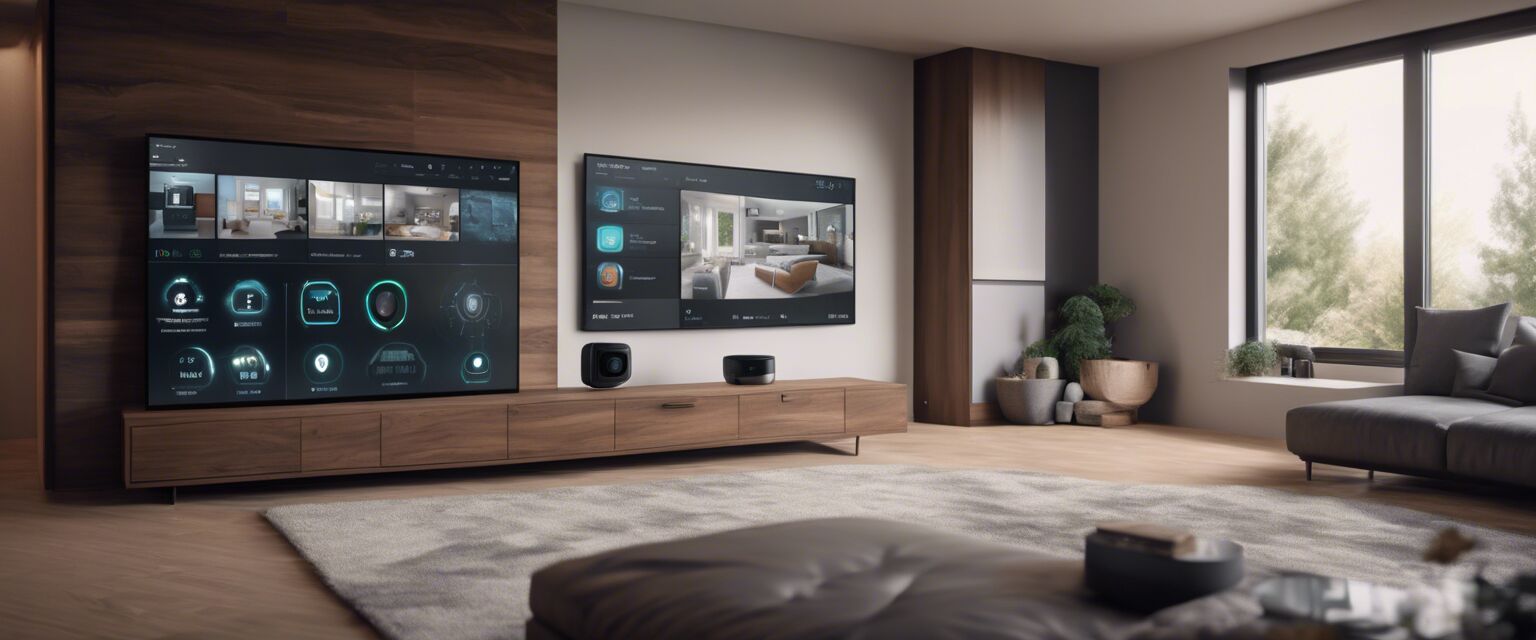
Pros and Cons of Home Security Cameras
Pros
- Enhanced security and peace of mind.
- Ability to monitor home in real-time.
- Can deter theft and break-ins.
- Most models are user-friendly and easy to set up.
Cons
- Initial investment costs can be significant.
- Not all models offer high-quality recordings.
- Privacy concerns regarding video footage.
- Constant internet connection may be required for some features.
Maintaining Your Home Security Cameras
To ensure optimal performance, regular maintenance of your home security cameras is crucial. Here are some essential maintenance tips:
- Clean the camera lens regularly to avoid cloudiness.
- Update software and firmware as needed for security.
- Check batteries monthly if applicable to avoid disruption.
- Test camera functionality periodically to ensure proper operation.
In conclusion, home security cameras are a powerful tool in enhancing the safety and security of your home. By understanding the types available, installation procedures, and integration with smart devices, you can create a secure environment tailored to your needs. For more information, check out our related articles on Home Security Cameras, Smart Home Hubs, Smart Thermostats, Smart Lighting, and Smart Locks.

